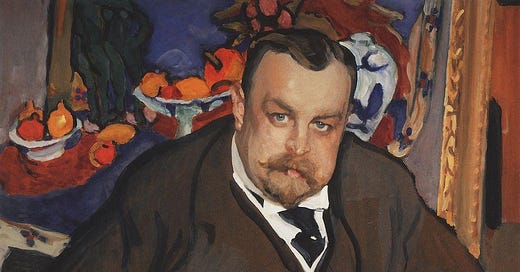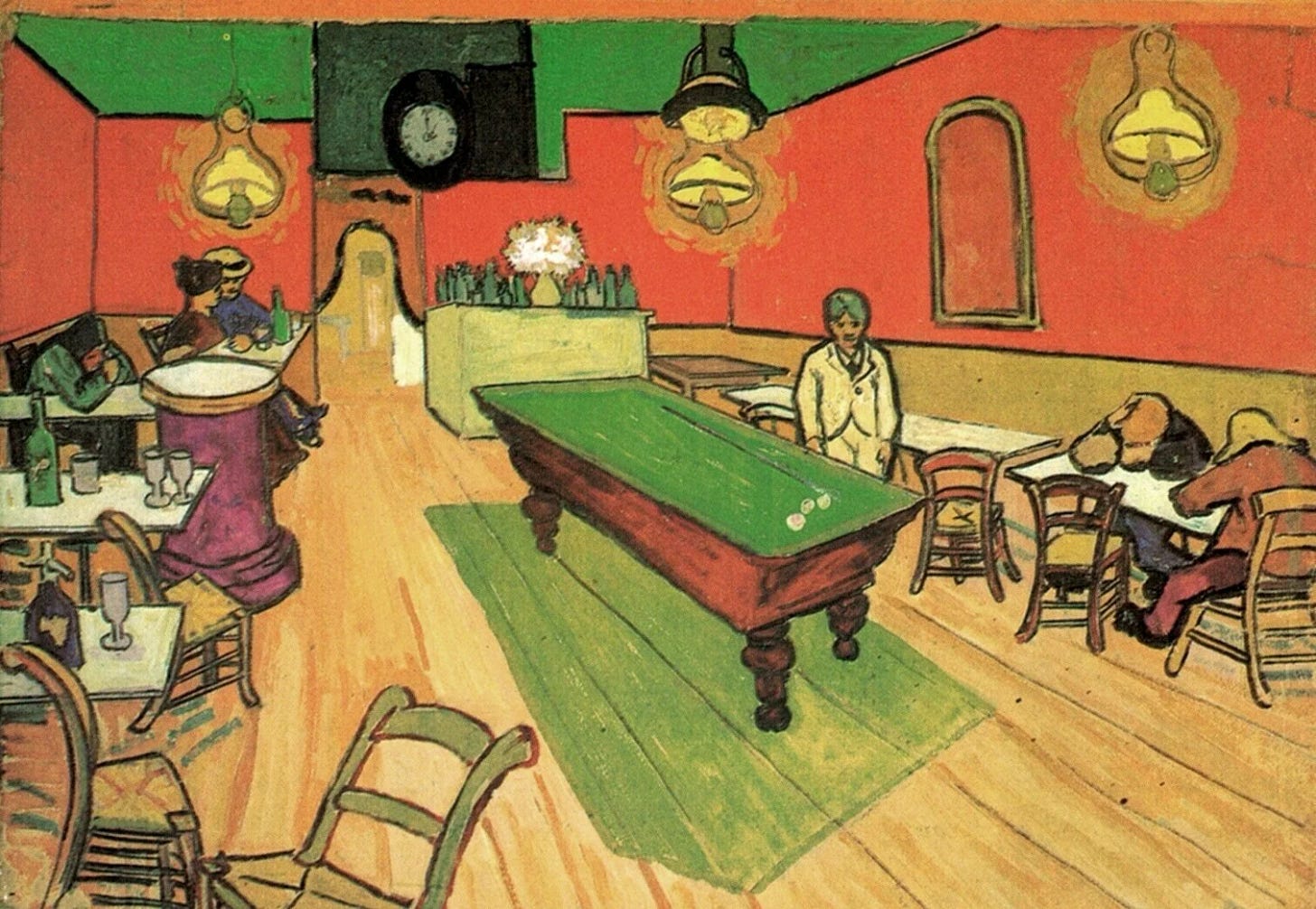Mikhail and Ivan Morozov were like Super Mario Brothers of art collecting of the early 20th century, but with masterpieces as rewards. Raised in a wealthy family of textile merchants in Moscow, the Morozov siblings grew up in a home where luxury met culture. Their father, Abram Morozov, was an industrial big shot, and their mother, Varvara, had a refined taste in arts and philanthropy. It’s safe to say the Morozov's were the kind of family that knew how to throw a fabulous soirée and decorate a wall with a Van Gogh or two—because why settle for wallpaper when you have a good taste and…money?
No wonder that Mikhail Morozov, the elder brother, had a passionate and adventurous spirit when it came to art. He was particularly drawn to the French Impressionists and Post-Impressionists, making daring acquisitions of works by Claude Monet, Paul Cézanne, and Vincent van Gogh (including Le Vigne Rouge), among others. Mikhail had a knack for spotting talent, and his enthusiasm led him to amass a stunning collection in a relatively short time. Unfortunately, Mikhail's life was cut tragically short when he died of tuberculosis in 1903 at the age of 33.
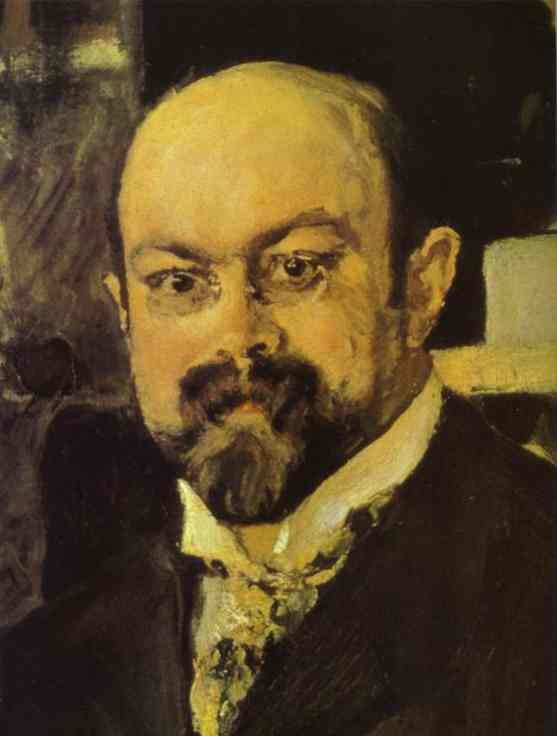
Enter Ivan, the younger brother, who picked up where Mikhail left off with a refreshing “hold my champagne” attitude. He expanded the collection with works by Henri Matisse, Picasso, Renoir, and Gauguin, making sure there was something for everyone—like a really fancy art buffet, which he was serving while making friends—because let’s face it, having Matisse as a buddy sounds way cooler than just hanging his painting of your wife on the wall. Makes that one friend who plays guitar at parties seem a bit less impressive, huh? The Morozov mansion in Moscow was basically the coolest, most exclusive art gallery you never knew you were missing.

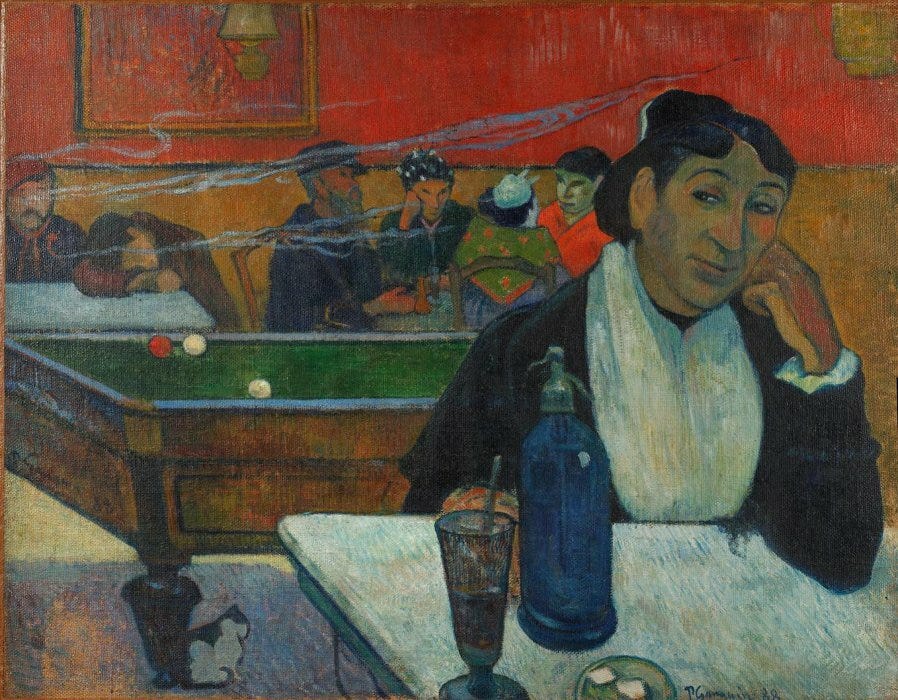
Then came 1917, when the Russian Revolution barged in like an uninvited guest who drinks all the wine. The Bolsheviks took over, nationalized the collection, and turned Ivan’s mansion into a public museum. Despite Ivan’s best efforts to preserve his collection, the government shipped pieces off faster than you can say “moving day!”
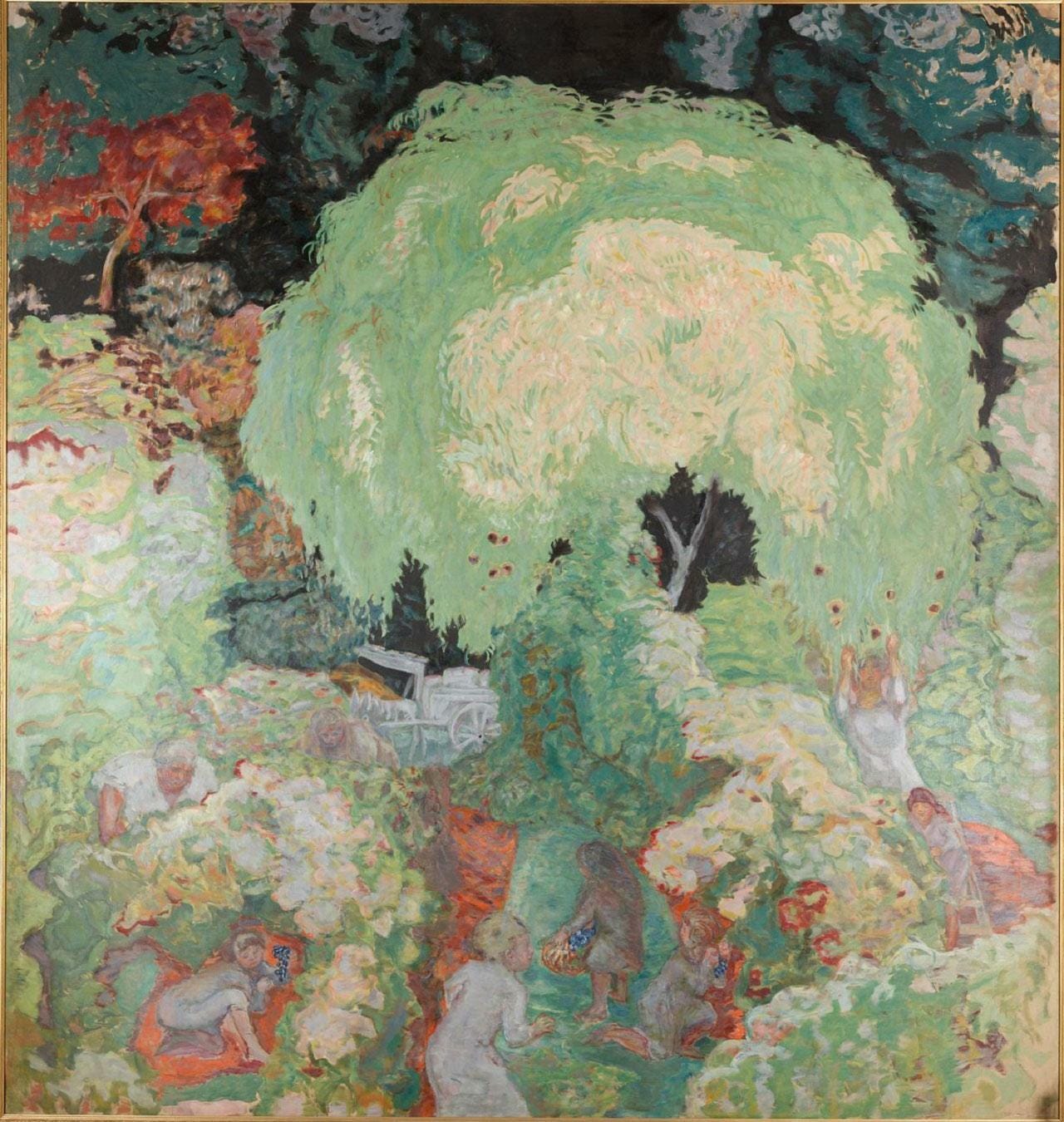
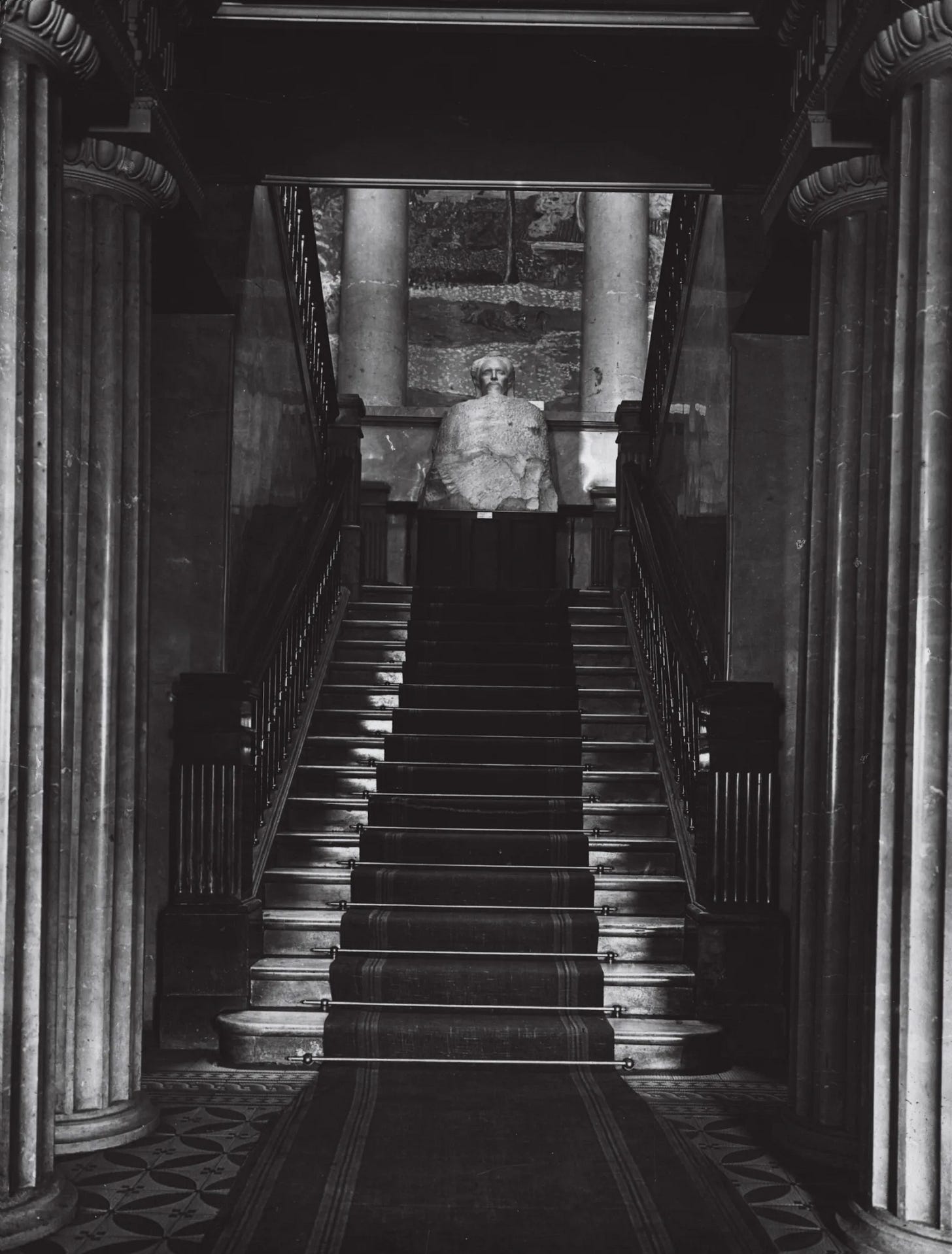
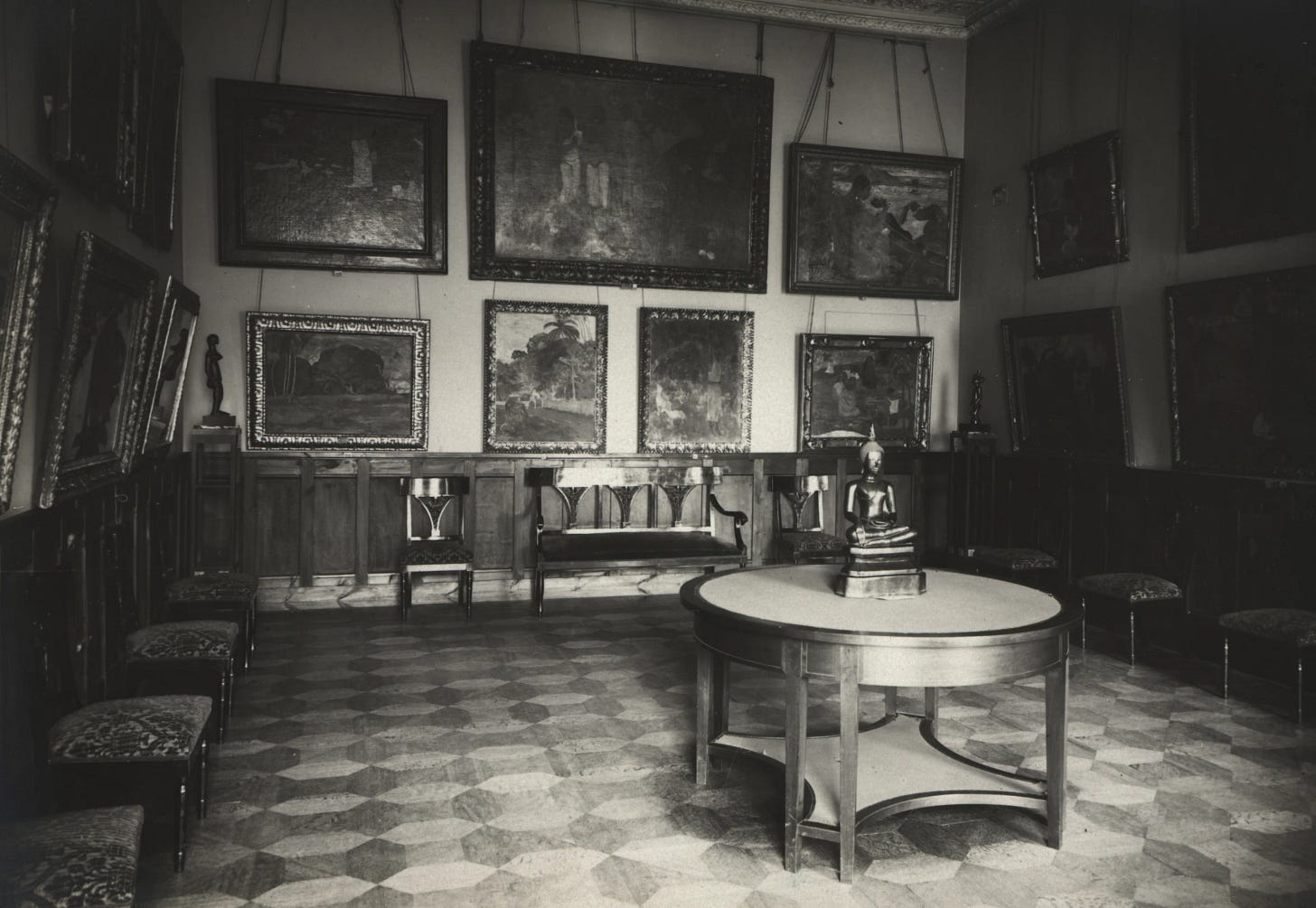

Today, the Morozov collection is mostly split between the Pushkin Museum and the State Hermitage Museum in Russia. Despite being in different cities, the art they loved continues to shine!
Art needs more eyes — and so does this blog.
It’s free to read, but only grows if it travels.
Liked it even a bit? Tap the heart.
A line stuck with you? Drop it in a comment.
Smiled once? Hit restack.
Want to keep this writing alive? Send it to a curious friend to subscribe.

